The Unseen Truth: How Alcohol Creates Dark Circles No Cream Can Erase
We live in an age of quick fixes. From serums that promise to erase wrinkles overnight to creams that claim to banish under-eye darkness in days, the beauty industry thrives on selling us solutions to problems we’re often creating ourselves. One of the most stubborn and common cosmetic concerns is the appearance of dark circles—those shadowy half-moons that make us look tired, aged, and drained. While we eagerly invest in expensive eye creams, caffeine-infused gels, and color-correcting concealers, we often overlook one of the primary culprits: alcohol consumption.
The connection between alcohol and dark circles isn’t just anecdotal; it’s physiological. To understand why your under-eyes betray your lifestyle choices, it’s essential to dive into what happens inside your body when you drink—and why topical solutions fall painfully short.
Dehydration: The Primary Offender
Alcohol is a diuretic. This means it promotes water loss by suppressing the production of vasopressin, an antidiuretic hormone that helps your kidneys reabsorb water. When you consume alcohol, you urinate more frequently, leading to significant fluid loss. Your body, including your skin, becomes dehydrated.
The skin under your eyes is among the thinnest and most delicate on your body. It lacks oil glands and has minimal fatty tissue, making it exceptionally vulnerable to dehydration. When your body is dehydrated, this area appears sunken, dull, and lackluster. Blood vessels beneath the skin become more visible, casting a bluish or purple tint—the classic dark circle. No moisturizer or hydrating cream can fully counteract systemic dehydration caused by alcohol. You can slather on the most luxurious eye cream, but if you’re not addressing internal water balance, you’re merely masking the issue temporarily.
Disrupted Sleep Architecture
Many people believe a nightcap helps them sleep. While alcohol may help you fall asleep faster, it severely compromises sleep quality. Alcohol disrupts the REM (Rapid Eye Movement) stage of sleep, which is critical for cognitive function, memory consolidation, and cellular repair. As the body metabolizes alcohol during the night, sleep becomes fragmented, leading to frequent awakenings—even if you don’t remember them.
Poor sleep doesn’t just make you tired; it directly impacts your skin. During deep sleep, your body goes into repair mode: producing collagen, fighting free radicals, and balancing hydration. Without quality rest, skin cell regeneration slows down, and circulation suffers. Blood pools under the eyes, and the thin skin there allows the bluish-red tones of deoxygenated blood to show through. This results in puffy, discolored under-eyes—a telltale sign of a rough night. Eye creams might temporarily reduce puffiness with cooling agents, but they cannot compensate for the regenerative processes lost due to alcohol-induced sleep disruption.
Nutrient Depletion and Inflammation
Alcohol interferes with the absorption and utilization of essential vitamins and minerals. It particularly depletes B vitamins (like B12 and folate), vitamin C, and zinc—all of which play crucial roles in skin health. Vitamin C, for example, is vital for collagen synthesis and fighting oxidative stress. When levels drop, skin becomes weaker, thinner, and more prone to showing underlying blood vessels.
Moreover, alcohol triggers systemic inflammation. It increases the production of inflammatory cytokines and can exacerbate conditions like eczema or allergies, leading to puffiness and discoloration around the eyes. Chronic inflammation weakens capillary walls, causing them to leak red blood cells. As these cells break down, they release hemoglobin, which can deposit iron pigments under the skin, creating a brownish discoloration known as hemosiderin staining. This type of hyperpigmentation is notoriously difficult to treat with topical products alone.
The Vascular Effect
Alcohol causes vasodilation—the widening of blood vessels. This is why people often experience flushed skin while drinking. Under the eyes, dilated blood vessels become more prominent and can contribute to a persistent reddish or purple hue. Over time, repeated dilation can weaken these tiny capillaries, making them more prone to leakage and broken blood vessels—a condition that no cream can repair.
Why Creams Can’t Keep Up
The skincare market is flooded with products claiming to target dark circles. They often contain ingredients like retinol, vitamin K, caffeine, or peptides. While these can offer mild improvements—such as temporarily constricting blood vessels or exfoliating dead skin cells—they cannot reverse the internal damage caused by alcohol.
- Hydrating creams may plump the skin temporarily but cannot restore whole-body hydration.
- Caffeine-based products constrict blood vessels for a short time but do not strengthen capillary walls long-term.
- Brightening agents like vitamin C may help with pigmentation but cannot counteract nutrient depletion from within.
- Peptides and retinol boost collagen production but cannot offset the collagen loss accelerated by alcohol metabolism and poor sleep.
In other words, you’re applying solutions to the symptom, not the cause.
The Real Solution: Quit or Drastically Reduce
If you’re serious about banishing dark circles, the most effective strategy is to quit or significantly reduce alcohol consumption. The benefits are almost immediate and multifaceted:
- Restored Hydration: Within days of quitting, your body’s fluid balance normalizes. Skin, including the under-eye area, becomes plumper and more radiant.
- Improved Sleep: Without alcohol disrupting your sleep cycles, you’ll achieve deeper, more restorative rest. Reduced puffiness and brighter eyes will follow.
- Better Nutrient Absorption: Your body will efficiently utilize skin-loving nutrients again, strengthening skin structure and reducing pigmentation.
- Reduced Inflammation: Lower alcohol intake means less systemic inflammation, leading to fewer allergy-like symptoms and less capillary leakage.
Beyond these, quitting alcohol offers countless other health benefits: improved liver function, enhanced mental clarity, better weight management, and reduced risk of chronic diseases.
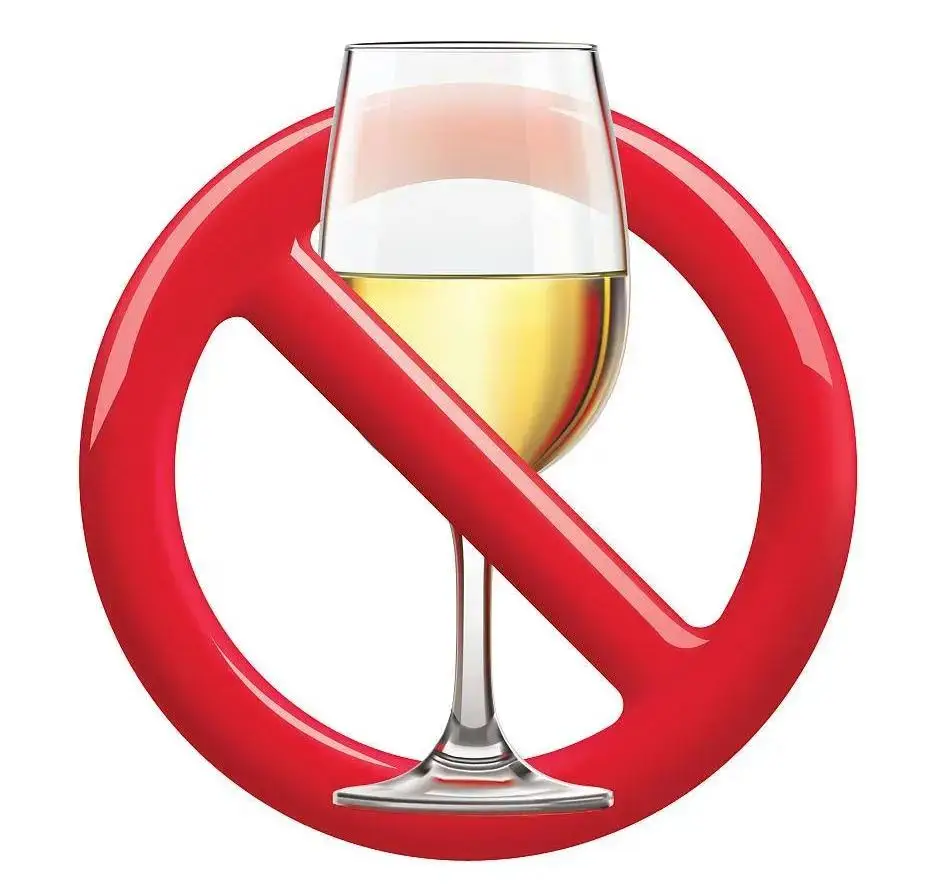
Conclusion
Dark circles are more than a cosmetic nuisance—they’re often a window into your lifestyle. While eye creams and treatments have their place, they are no match for the internal havoc wreaked by alcohol. If you’ve been battling stubborn under-eye shadows without success, it might be time to look beyond the skincare aisle and reconsider your drinking habits. Your eyes—and your overall health—will thank you.
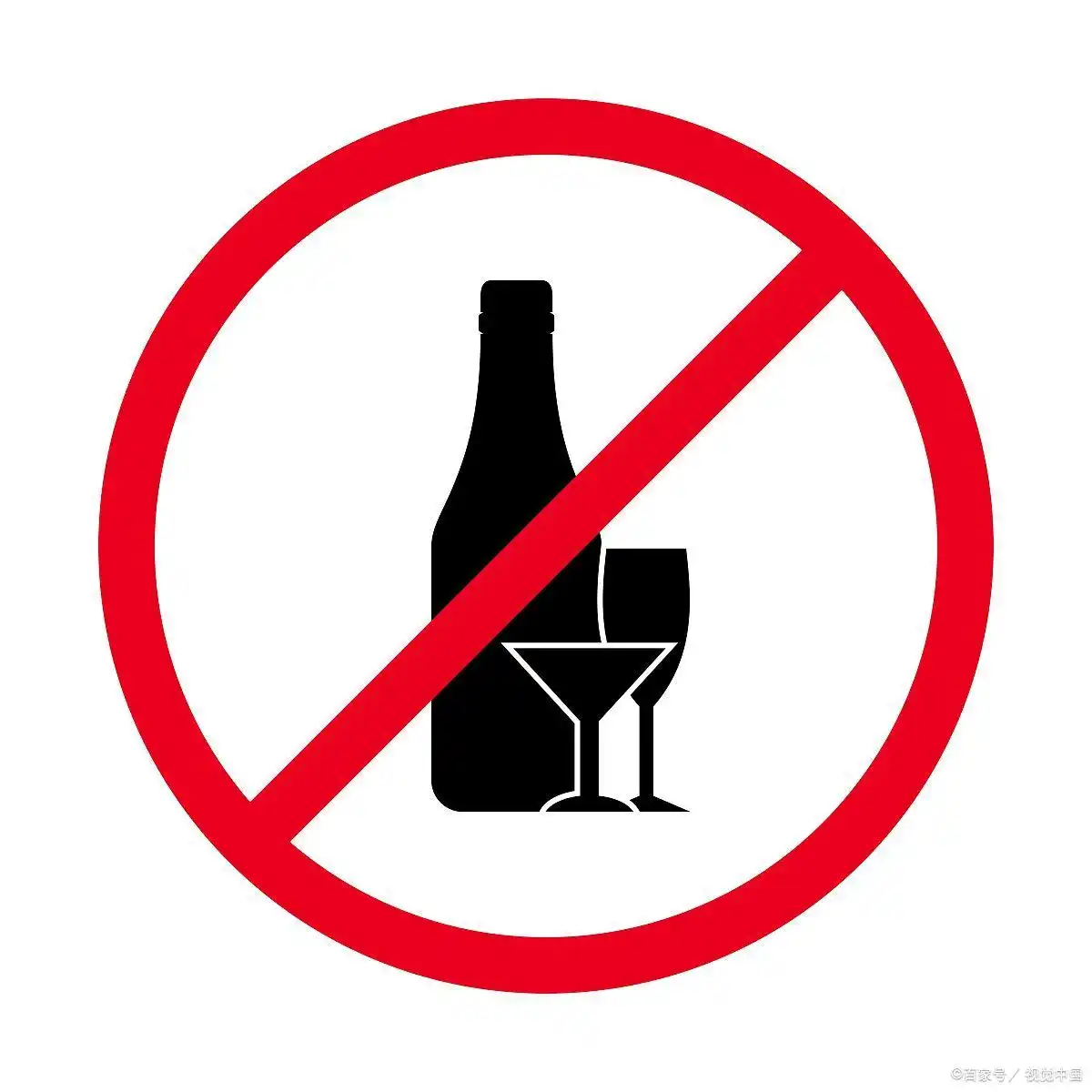
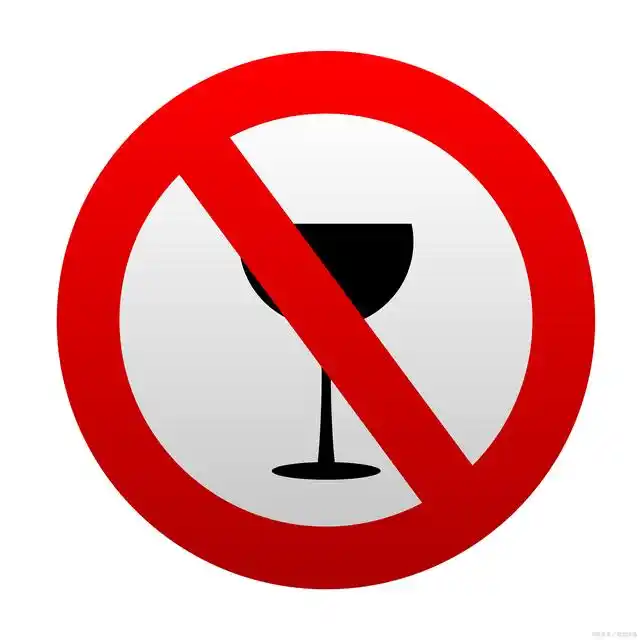
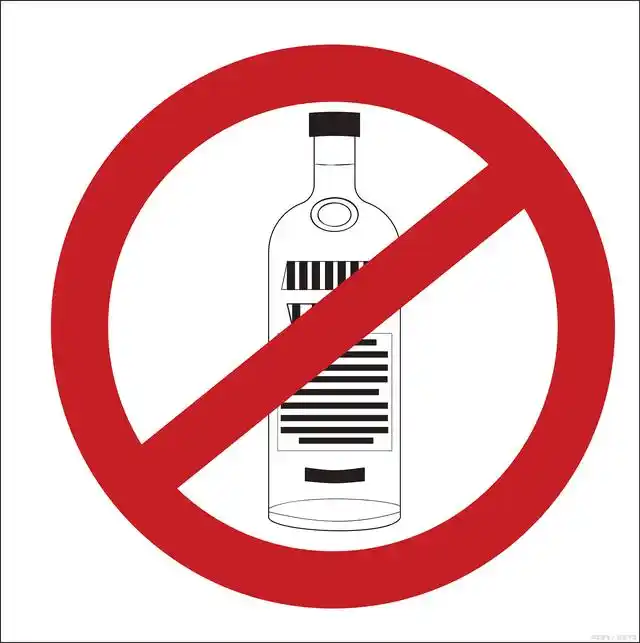
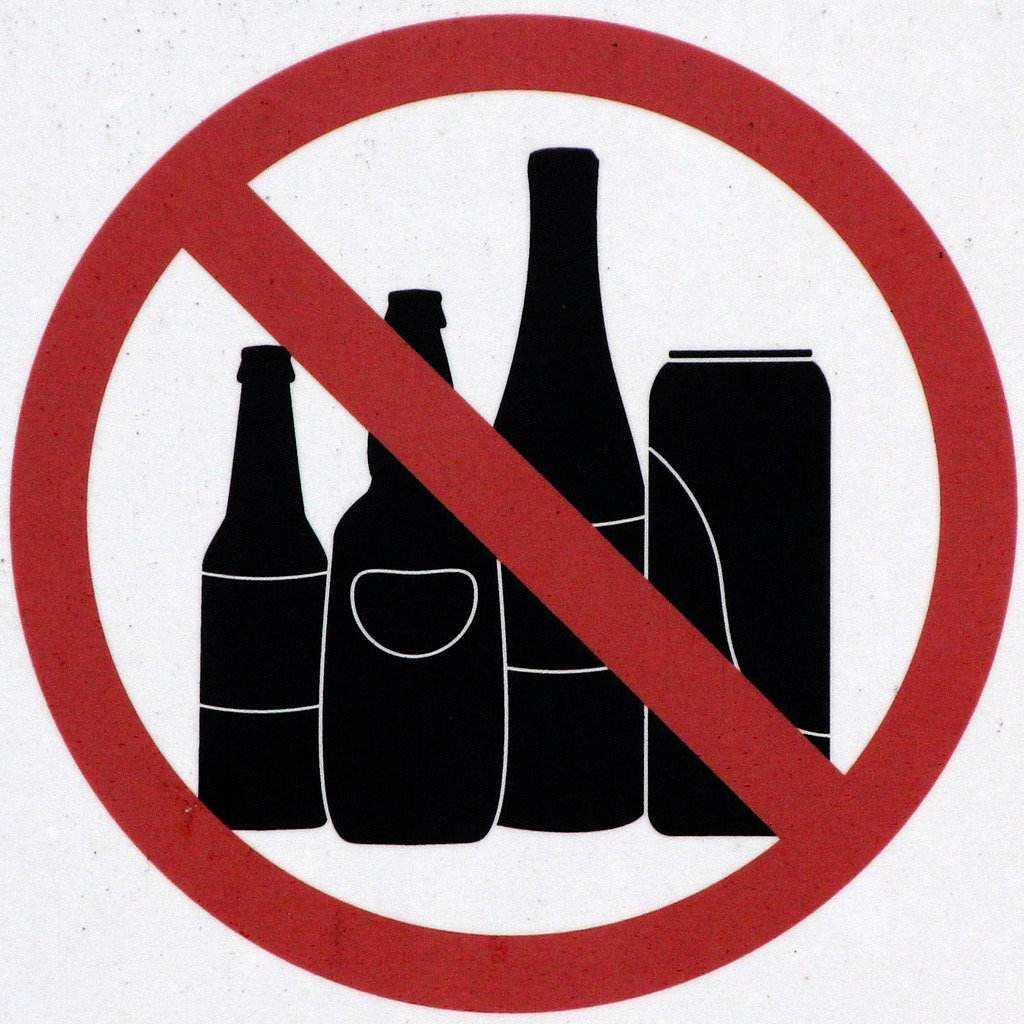
发表评论